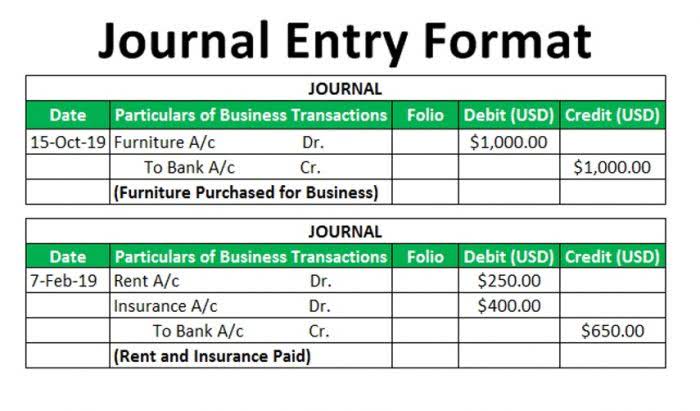
Understanding the fundamental documents involved in church accounting will help maintain your financial records effectively. Church accounting software helps you get your church’s bookkeeping done quickly and accurately, so you and your administrative staff can get back to the things that matter most to your ministry. This process was time-consuming and error-prone, diverting leadership from their mission. The bookkeeper completes an accounting entry when a bill is received. This entry hits the appropriate expense account and the accounts payable account.
File Required Reports and Tax Forms on Time

There are three major expense categories – Cost of Sales, Operating, and Non-operating Expenses. Churches rarely use Cost of Sales but it is still listed in the chart of accounts. The order of expenses should appear the way a church wants them listed on reports. We need to take a look at the net assets because this is typically called owner’s equity in most accounting software. This is a major difference between nonprofit and for-profit accounting software.
Step 4: Review and Customize Based On Church Needs
- This is a major difference between nonprofit and for-profit accounting software.
- Church accounting software is an essential tool for managing the finances of a religious organization.
- The chart of accounts allows you to track each fund separately, ensuring transparency and responsible allocation of resources.
- Work with church leaders to prioritize essential expenses like staff salaries and building maintenance, followed by ministry and outreach programs.
- Follow these principles and you will have an organized and easy-to-use COA.
Regularly review your budget and how it compares to your actual spending. Every well-organized house needs a blueprint, and so does your church’s accounting system. This blueprint is called a chart of accounts, a categorized list of all the accounts used to track your church’s financial activity. These categories are based church chart of accounts on the Unified Chart of Accounts (UCOA), a nonprofit-specific, standardized sample chart of accounts.
Revenue Diversification
- Make sure to issue W-2s to each staff member on your church’s payroll and 1099s to any contractors you work with by January 31 of each year to fulfill your tax obligations as an employer.
- This example used the expense account, the liability account (AP) two times, and the checkbook.
- It brings everything together into a single, master bird’s-eye view of an organization’s financial inner workings.
- Compliance with these regulations ensures transparency, accountability, and proper financial management within the sector.
- And, if everything goes to plan, you can use your additional revenue to create an emergency fund or save for long-term church growth.
Let’s get started with an overview of what church accounting is and what makes it unique. Aplos has everything you need in one place for streamlined nonprofit and church management. Download our free sample church chart of accounts and compare it to yours.
Leverage Accounting Software
Small churches may not think of this, but your organization’s preacher will need this financial statement. The IRS does not require churches to file as many financial documents as other nonprofits, but there are still a few you must understand and file. Reconciling your accounts helps catch accounting mistakes and potential fraud. Reconciliation is another reason you’ll want to separate financial duties. You don’t want the same person writing the checks to be reconciling your accounts.
- The specific accounts within these categories can vary based on the church’s size, financial activities, and reporting requirements.
- It’s pretty clear with these two examples, the second one is a poor way to set up a chart of accounts.
- Churches use a variety of revenue sources to promote their mission, with a significant portion coming from the kindness of their congregations and community support.
- This will avoid any confusion and ensure that money is being used as intended.
- When it comes to accounting, churches and businesses operate in different worlds.
- By following church accounting guidelines and tools, managing your church’s finances brings many benefits and can be straightforward and transparent.
It verifies ledger account that all transactions the church recorded align with those the bank recorded. This process helps identify discrepancies such as outstanding checks or bank fees, adding a layer of accuracy and error prevention to your financial records. These three areas surface regularly when redesigning a church’s general ledger accounts.


In the context of churches, a Chart of Accounts is not just a necessity but a vital tool for ensuring financial transparency, accountability, and effective management of resources. Bookkeeping and accounting practices like fund accounting, monthly account reconciliation, and filing reports and statements with the IRS will help your church remain transparent. If you’ve found it challenging to keep track of your church’s revenue and virtual accountant expenses, research online financial software like QuickBooks or AccuFund to help.